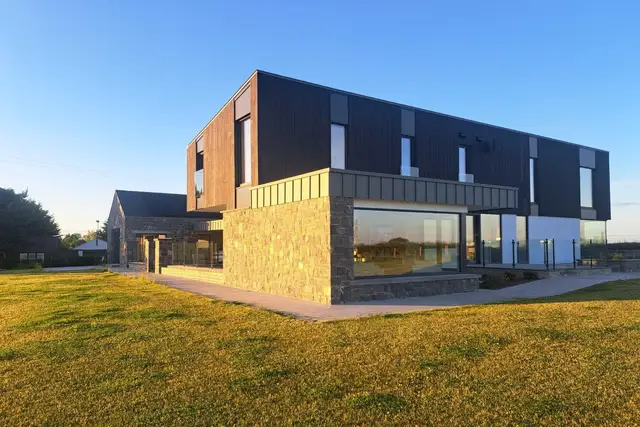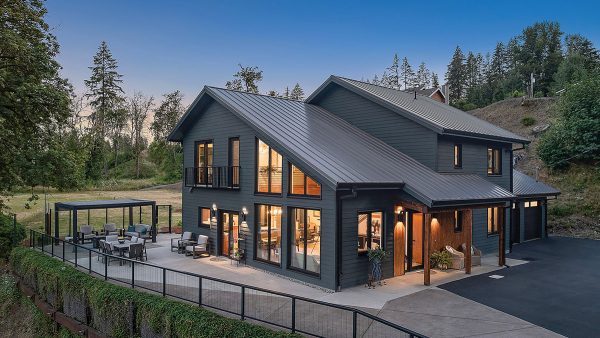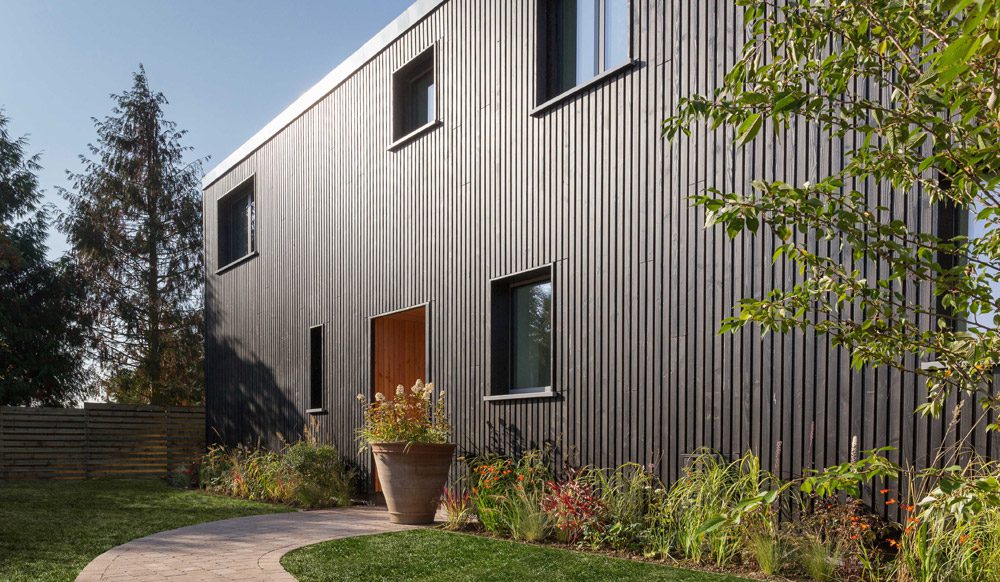With the increasing concern about climate change and the rising cost of energy, many are seeking ways to reduce their energy consumption. This guide will provide you with practical steps on how to reach your low energy goals.
One of the most effective ways to achieve these targets is by designing and building climate responsive buildings. These structures take into account the local climate and environment to optimize energy efficiency.
Understanding Passive House Standards
The Passive House standard is a rigorous, voluntary standard for energy efficiency in a building. It reduces the building’s ecological footprint by requiring a high level of insulation, high-performance windows, and an airtight building envelope. This results in ultra-low energy buildings that require little energy for heating or cooling. You can learn more about this concept from this descriptive source.
Energy-Efficient Building Materials
Choosing the right building materials is another crucial aspect of achieving low energy targets. Energy-efficient materials help to reduce the amount of energy required to heat or cool a building. These include insulation materials, energy-efficient windows, and doors, among others. You can find a comprehensive guide on energy efficient building materials to help you make informed decisions.
Implementing Renewable Energy Sources
Integrating renewable energy sources into your building design can significantly reduce your energy consumption. Solar power, for instance, is a clean, renewable energy source that can provide a significant portion of a building’s energy needs.
Conclusion
Achieving low energy targets is a process that requires careful planning and implementation. By understanding Passive House standards, choosing energy-efficient building materials, and implementing renewable energy sources, you can significantly reduce your energy consumption and achieve your low energy targets. To get started, you can install Ring solar charger or equip schools with solar units.




